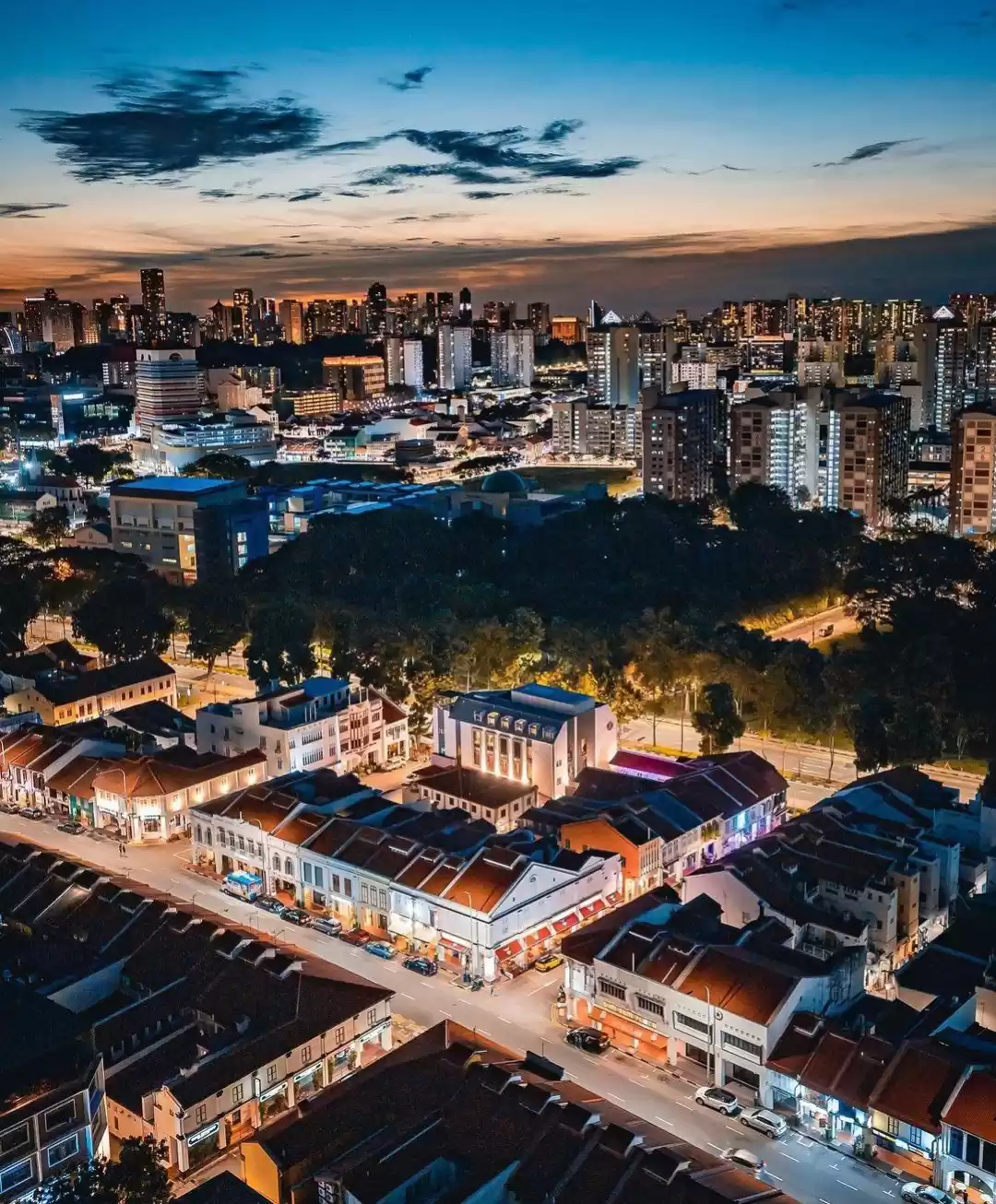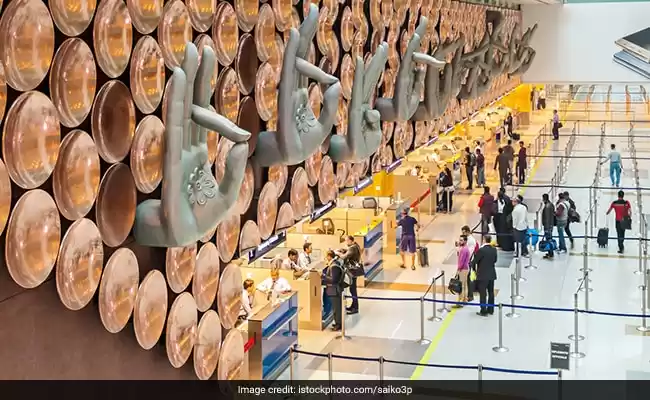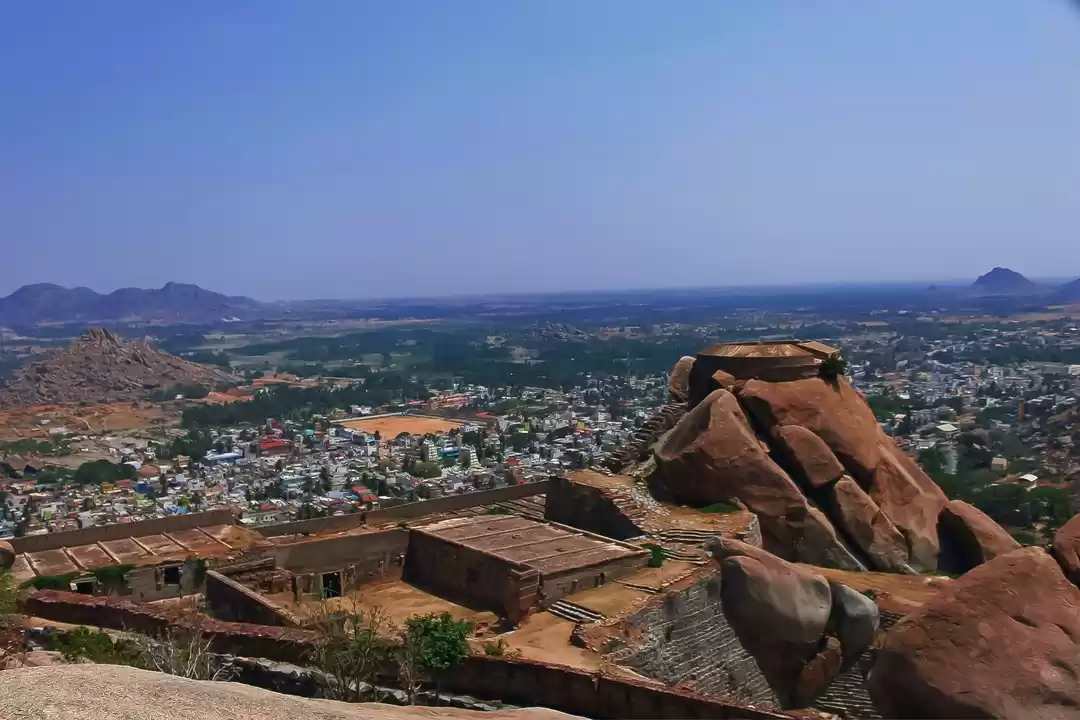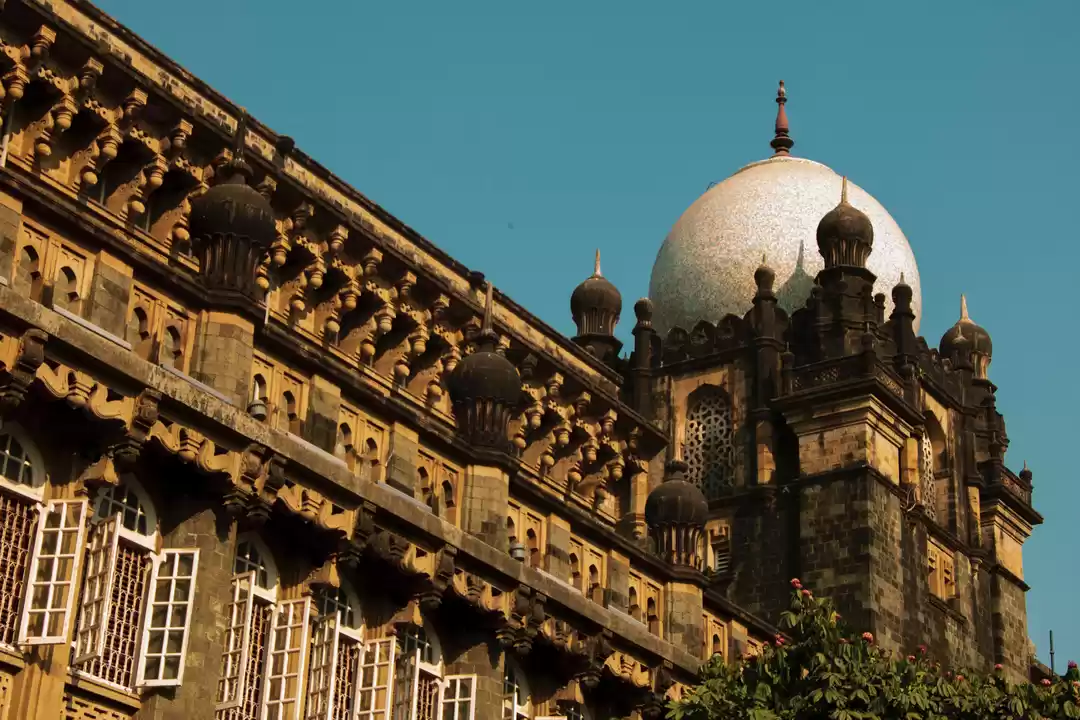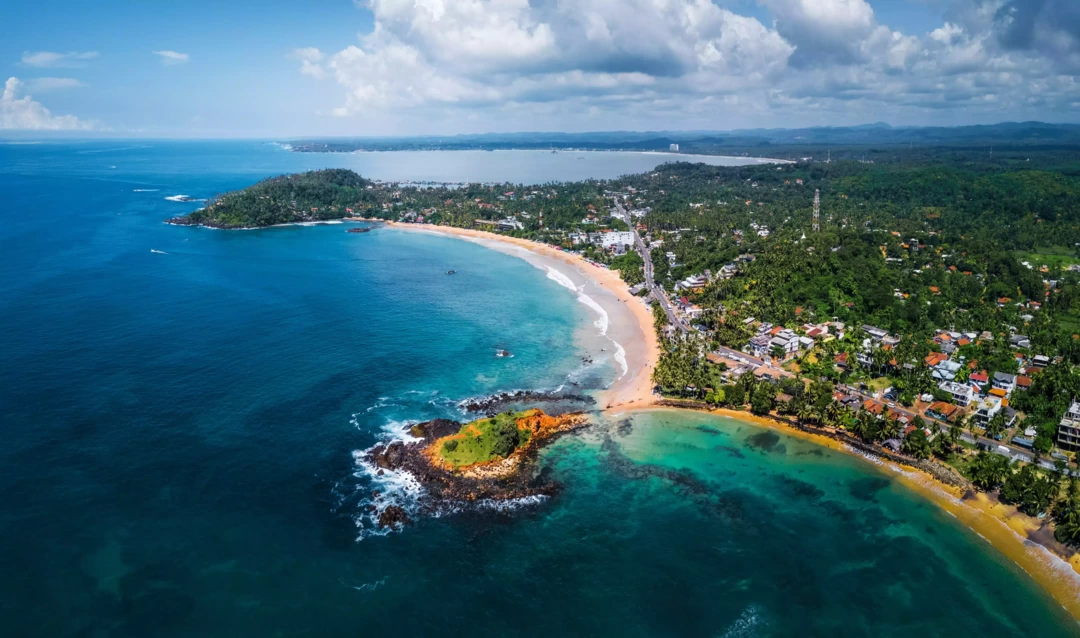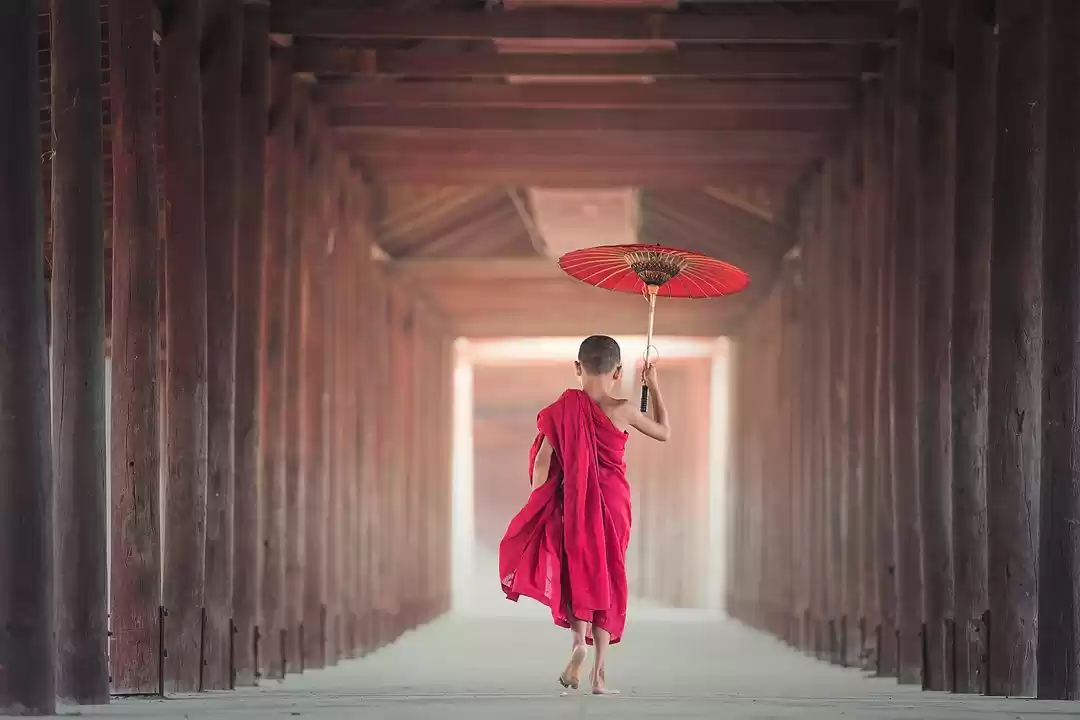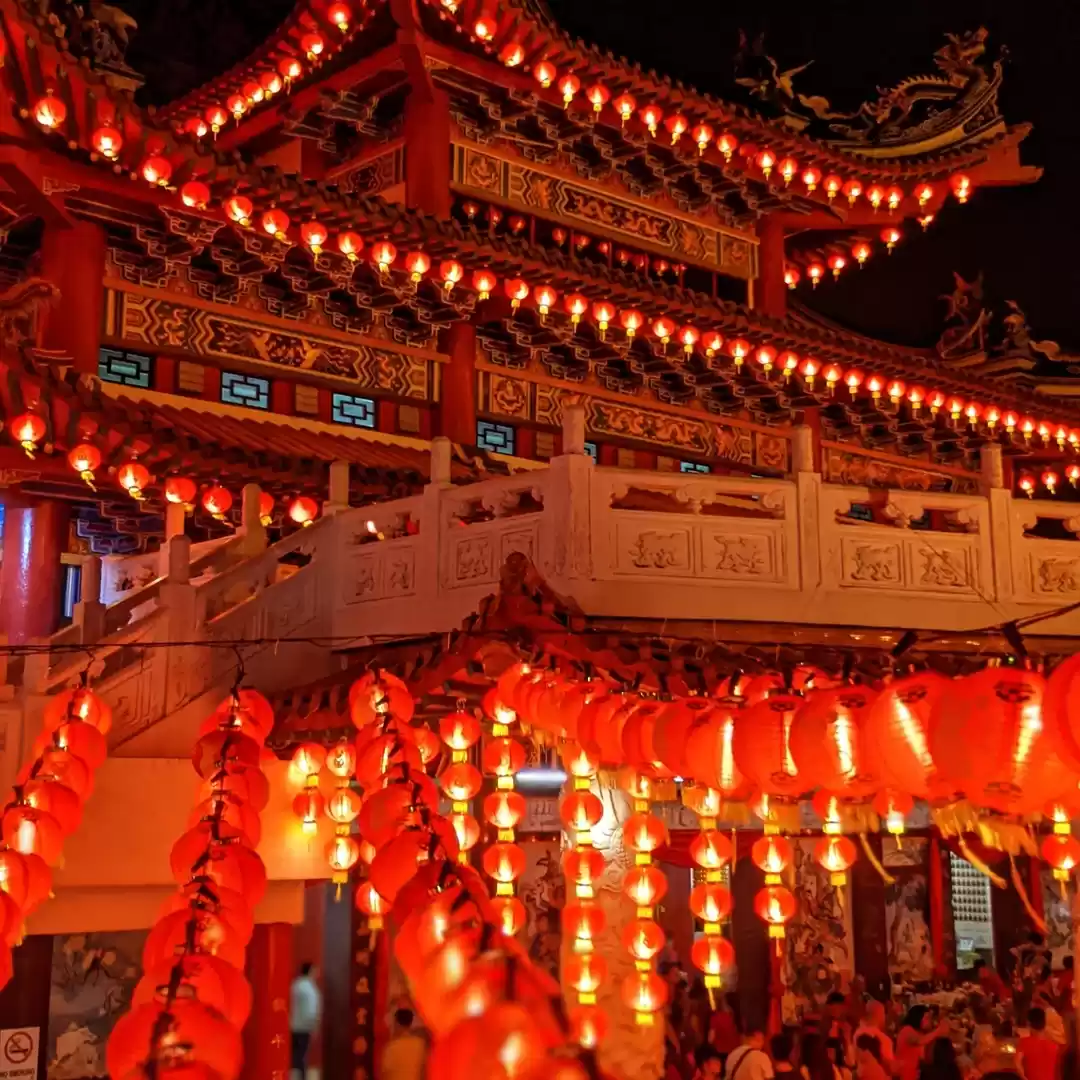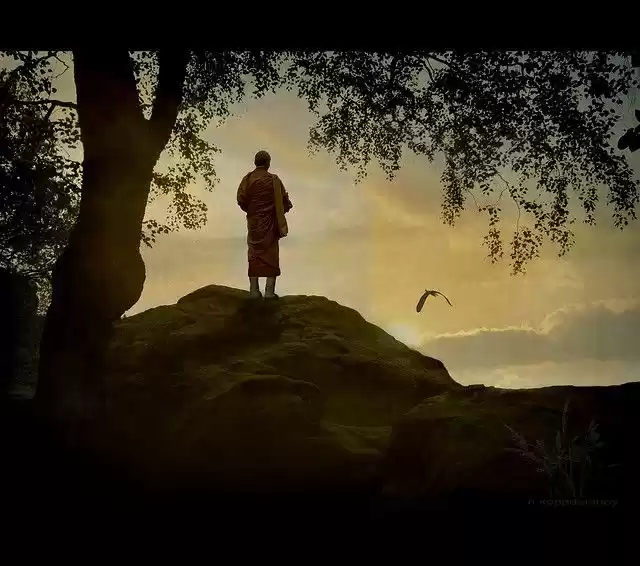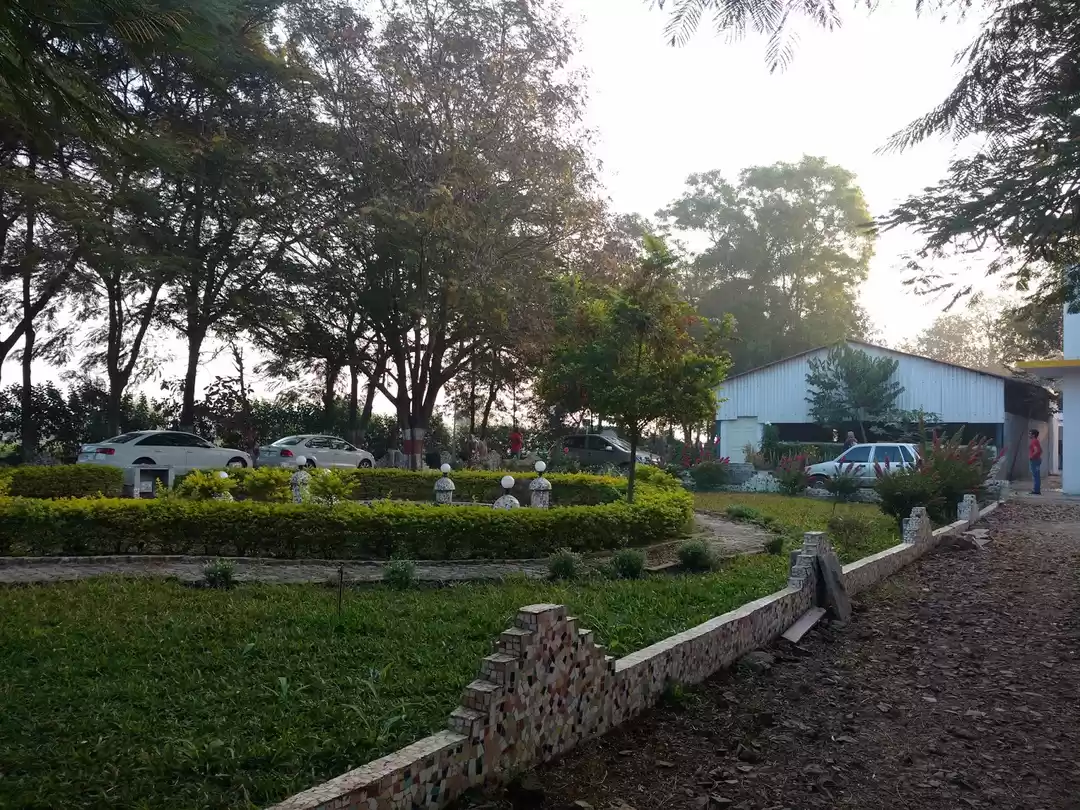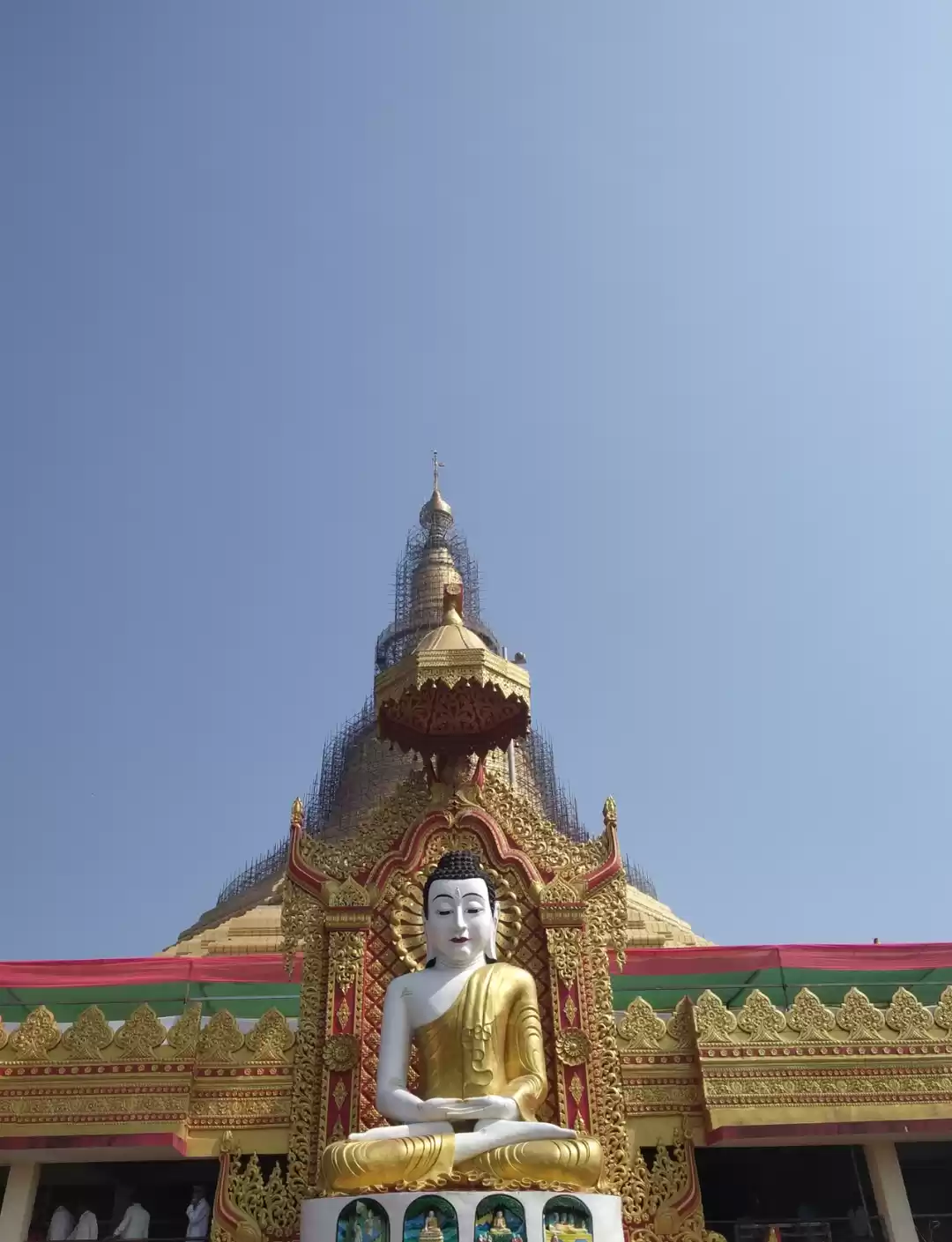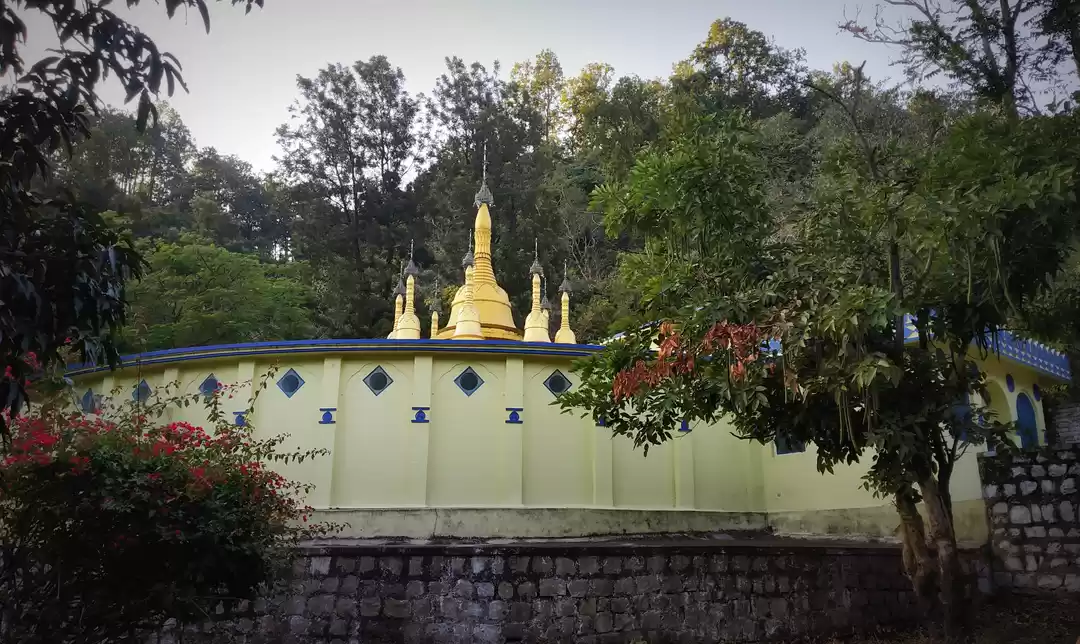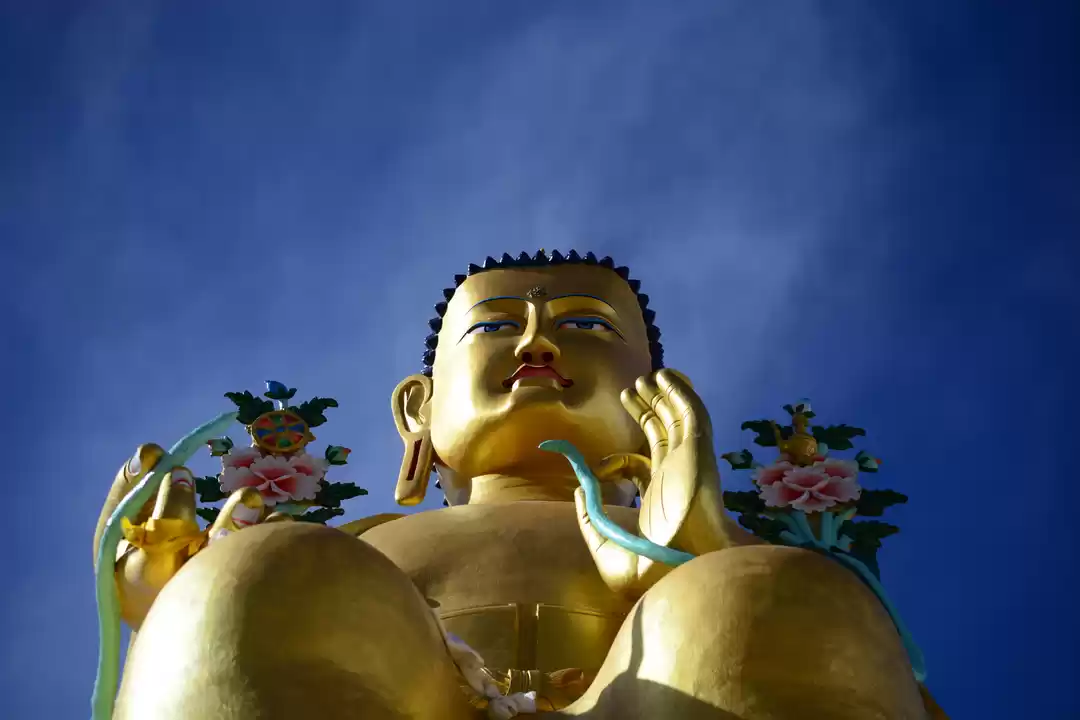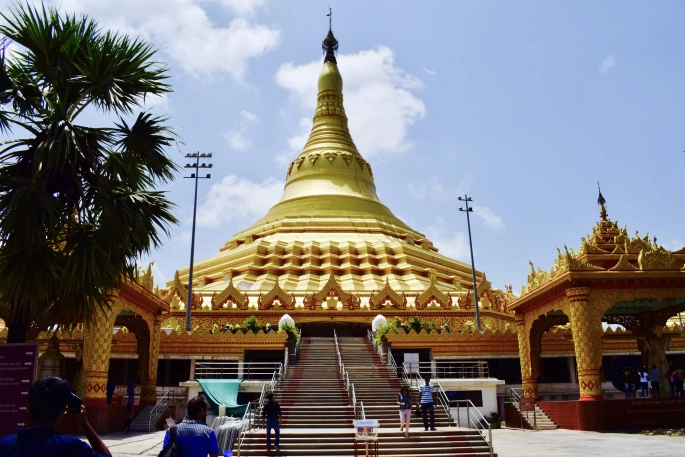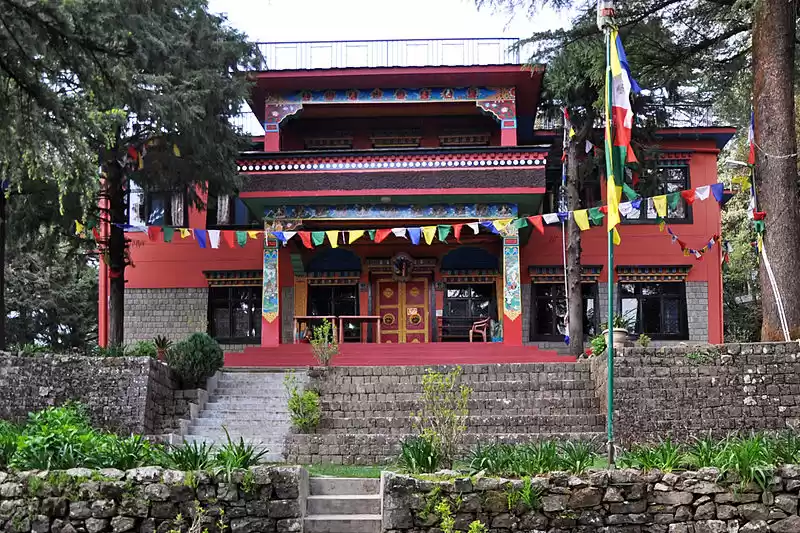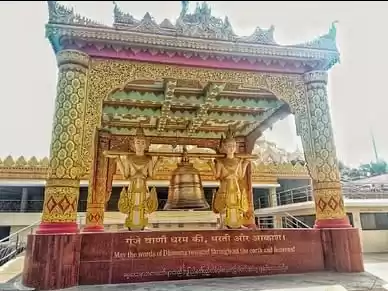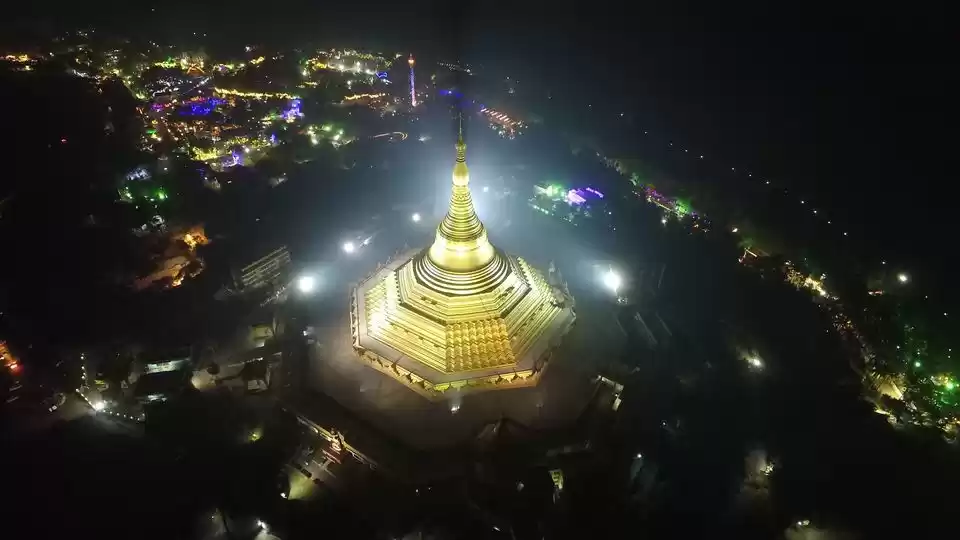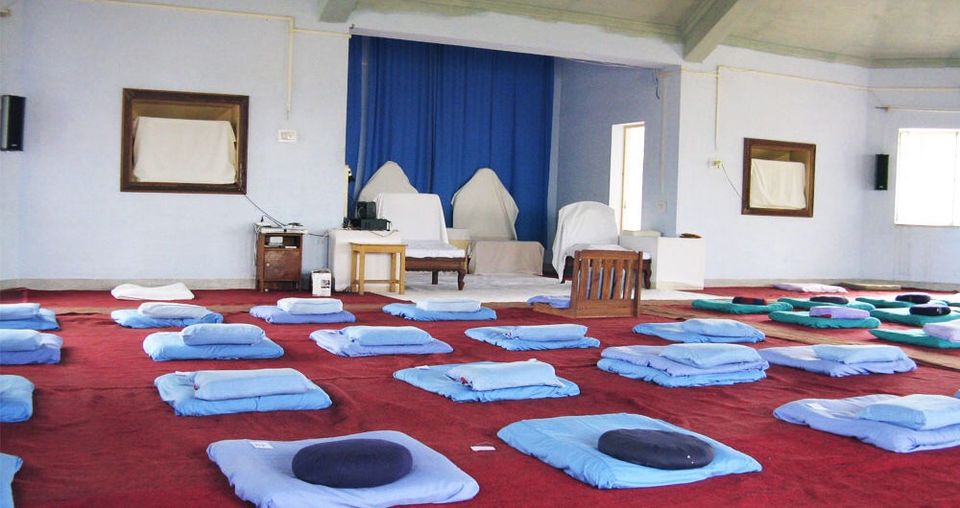
Introduction of Vipassana
Vipassana is one of the most ancient meditation technique which was rediscovered by Gautam Buddha about 2500 years ago. Vipassana was wiped out after some years from the country and it was practiced by an unbroken chain of teachers and student in Burma(Myanmar) which was handed to Mr. S.N. Goenka who brought it back to India.
The meaning of vipassana is 'to see things as they really are'. Vipassana is an ancient Buddhist meditation technique where sole focus is on your mind and body. It comes under 'mindfulness' type of meditation. There are no sculptures or pictures of anyone involved throughout the course or even in the campus. There is no worship of any god/religion/person whatsoever involved. It is a 10 day long course where teachings are given by Dr. S.N. Goenka through audio and video mode at all centers worldwide, all you have to do is follow them step by step. They call this process as deep surgery of mind that oneself performs without leaving any mark. It can give common man the closest possible experience of living life as a monk for a while (just that you wear your own clothes, nothing apart from that is yours). There are 160 Vipassana meditation centers throughout the world out of which 80 are in India. I learned Vipassana from Dharamshala center http://www.sikhara.dhamma.org/. This is a beautiful center located in Dharamkot village(it's nothing like a village) about 2 kms from Mcleodganj near Tushita Meditation Center. The campus is enveloped by deodar trees and monkeys remain the only source of entertainment for the 10 days. Vipassana has many centers around the world.I chose Dharamshala center for its location in the Himalayas and because of rich Buddhism culture in Mcleodganj.
Vipassana is really a life changing experience, you live like a monk for 10 days.
Schedule of the course is like:-
4 am - Morning Bell
4:30 am to 6:30 am - Meditation in Hall
6:30 am to 8:00 am - Breakfast and Break
8:00 am to 11:00 am - Meditation in Hall
11 am to 1 pm - Lunch and Break
12 pm to 12:30 pm - You can clear your doubts with the teacher
1 pm to 5 pm - Meditation in Hall
5 pm to 6 pm - Tea break and light dinner
6 pm to 7 pm - Meditation in Hall
7 pm to 8:30 pm - Discourse
8:30 pm to 9:00 pm - Final meditation session
9:00 pm - Go to your rooms and rest
Some of strict key rules to be followed:
Noble Silence (communication with fellow student, whether by speech, gestures, sign language, written notes, etc. is prohibited).
No mobile phones/tablets/laptops allowed.
No reading/writing material allowed.
No personal food items allowed.
Not allowed to abandon the course.
Not allowed to step outside campus during entire duration of course.
Vipassana teaches you to how to avoid your cravings or aversions and to simply be content with your current situation no matter what exactly it is.
In my entire course of 10 days there were times that I wanted to run away, talk, and quit – but that would just be taking me more into cravings and aversions.
By the end of the tenth day, I felt like I have conquered the world… or better yet, myself. I felt that the version of me who entered the centre and the one version of me who came out were entirely different. Of course, the later was better
I would recommend you challenge yourself on a physical, mental and emotional level – Vipassana is something that we all have been looking for. Go and give it a try, I am sure you won’t be disappointed.
All the Vipassana Centres are completely free and include your stay, meals, and training on the meditation techniques. They also accept volunteers and donations if you feel like giving back.
Here are some images of Vipassana center In dharamshala.



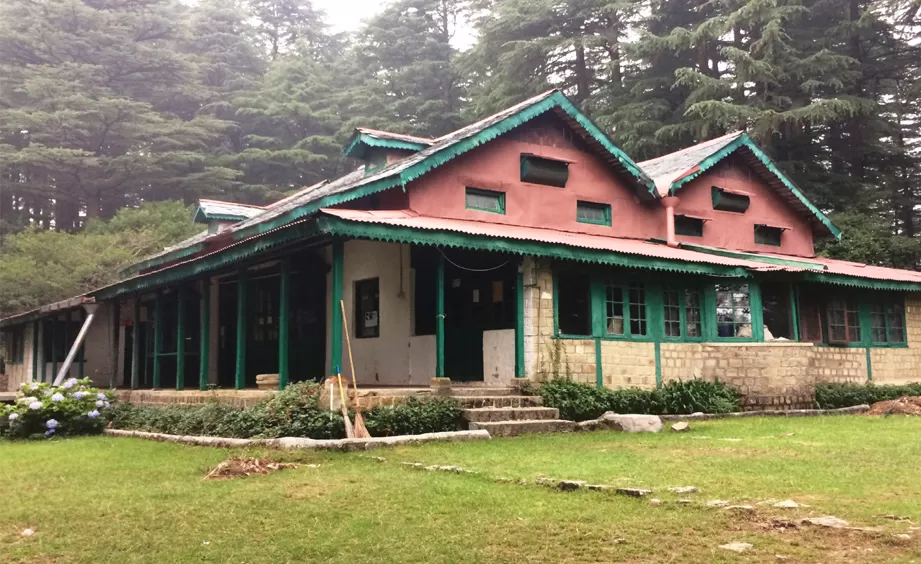


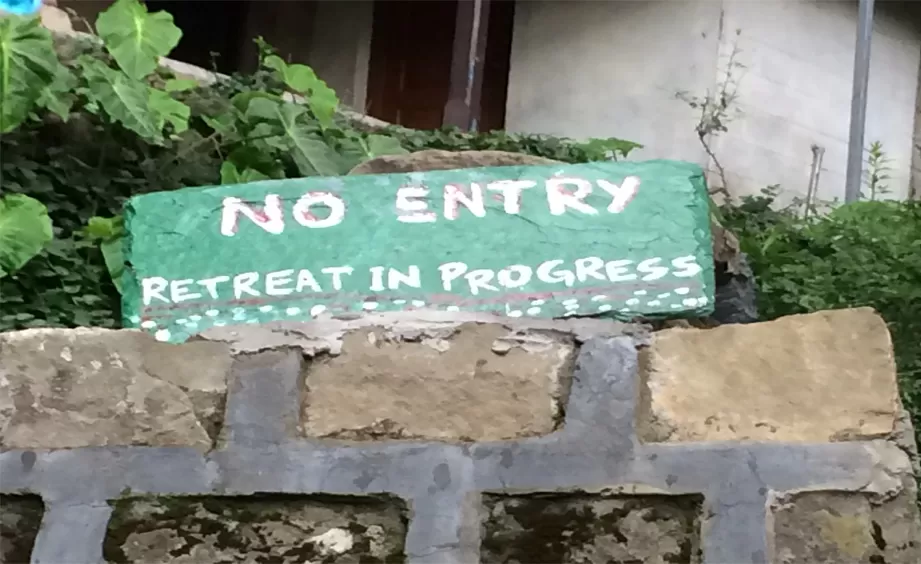

There are Vipassana Centres all around the world. Make sure that you give yourself the complete 12 days for the course; first day for orientation, other 10 days for meditation, and the last day for wrap up




